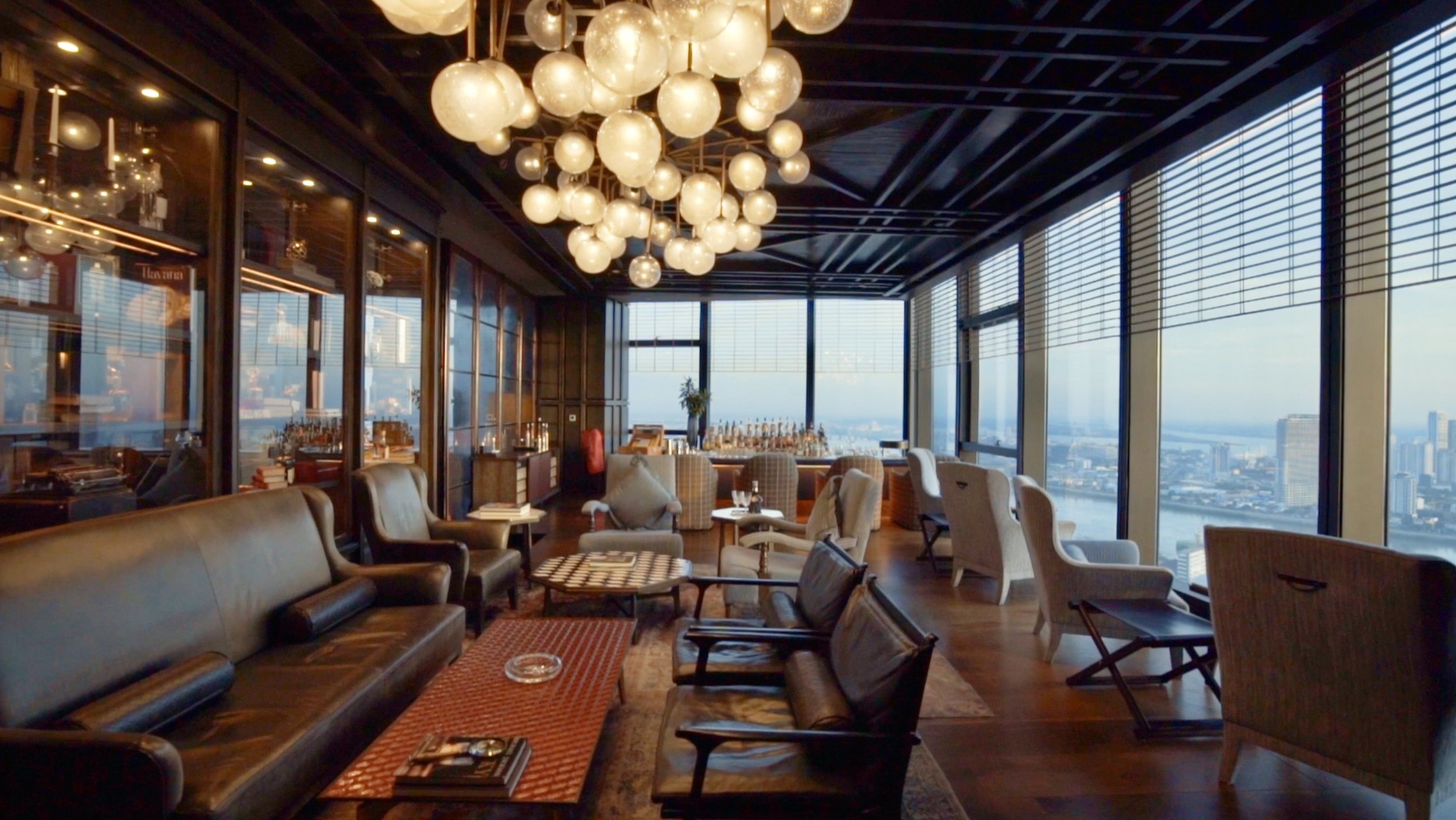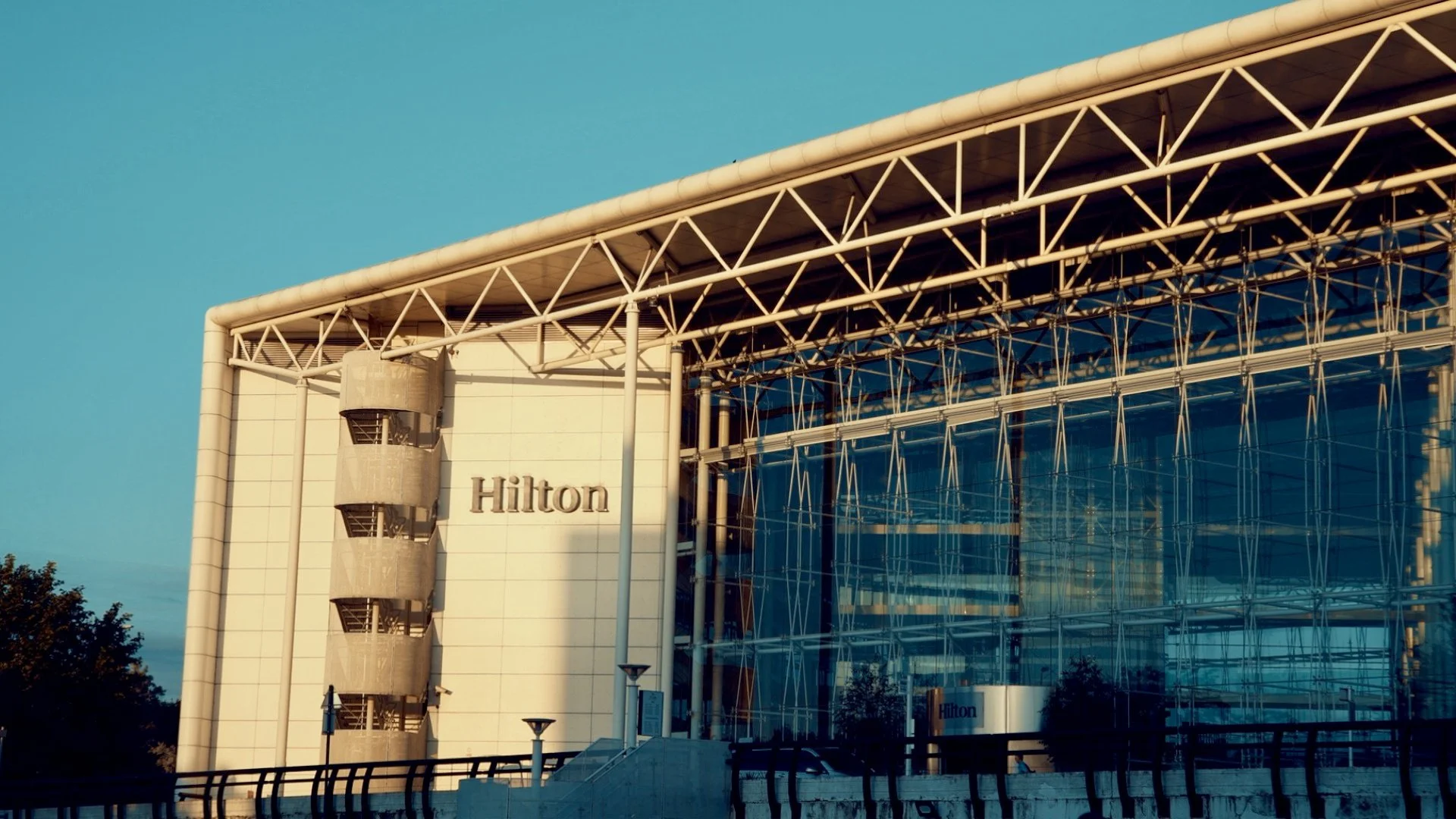7 Strategies for Excelling as a Hotel Videographer
In this article, Sergey Shishkin, an expert hotel videographer, imparts his knowledge on creating exceptional hotel videos. Perfect for bloggers, social media influencers, or passionate travellers with a flair for videography, this piece will help enhance your travel content and differentiate yourself from others. By following Sergey's advice, you'll not only enjoy stays in luxurious hotels and globe-trotting adventures but may also generate income from your videos. So, if you're eager to elevate your hotel videography skills, keep reading and learn from the best.
Rosewood Phnom Penh, Cambodia, Sergey Shishkin
Essential Gear
To produce professional hotel videos, invest in the proper equipment. A 16-35mm wide-angle lens is essential for capturing an entire hotel room, while a portrait lens adds diversity and cinematic touch to your shots. A full-frame sensor camera is vital for high-quality videos. Additionally, an electronic gimbal stabilizer ensures smooth, dynamic shots and eliminates camera shake. With the right equipment, you can enhance your hotel videography and captivate your audience.
Optimal Width for Hotel Videos
Camera angles are crucial for setting the right atmosphere and conveying the intended message to viewers. When filming interiors, avoid excessively wide angles, which can create an unrealistic perception of room size. A 24mm lens is recommended for a more natural perspective.
Rosewood Phnom Penh, Cambodia, Sergey Shishkin
Ideal Camera Height for Hotel Room Videography
For spacious interiors, shoot slightly above furniture height for a traditional appearance, or go as low as possible for an unconventional perspective. Generally, I start filming at hip-level height.
When filming people, eye-level shots are best as they create a natural connection between the subject and the viewer. However, feel free to experiment with different angles for a creative look.
Camera Angle Considerations
Particularly when filming room interiors, avoid shooting from above, as it can subconsciously evoke CCTV footage, detracting from the hotel's ambience. Choose camera angles that align with the footage's purpose and desired atmosphere.
Rosewood Phnom Penh, Cambodia, Sergey Shishkin
The Importance of Composition
In hotel interior and architectural videography, the composition is key. To create professional, visually appealing videos, ensure that vertical lines in the shot are straight. This adds stability and balance, accurately portraying the hotel's architecture and design. While post-production vertical line adjustments are possible, it's best to achieve this in-camera to save time and maintain optimal image quality. Proper composition and straight vertical lines are essential for creating compelling, effective hotel videos.
Ideal Aperture Settings for Hotel Interior Videography
Aperture settings greatly impact the quality of hotel interior videography. Generally, use f8, f9, or f11 to keep the entire room in focus and produce ultra-sharp images, crucial in the commercial world where visual impact and detail are paramount.
Rosewood Phnom Penh, Cambodia, Sergey Shishkin
The Significance of Precise Focus in Hotel Videography
However, proper aperture settings alone aren't enough; accurate focusing is also required. This involves careful attention to camera settings, focus points, and the positioning of the camera and subject. By combining the correct aperture and focusing techniques, hotel videographers can produce stunning interior shots that fully showcase the hotel's spaces.
Advantages of Utilizing Natural Light in Hotel Videography
As a hotel videographer, my preference for natural light in most of my videos stems from several factors. First and foremost, natural light fosters a warm, inviting atmosphere, amplifying the allure of hotel spaces for potential guests. Its soft, diffused nature minimizes harsh shadows and achieves balanced, even illumination.
Moreover, natural light offers a cost-effective alternative by eliminating the need for extra lighting equipment and reducing setup and breakdown time. It also provides flexibility and adaptability, enabling me to film in various environments and situations, even when resources are scarce.
Additionally, natural light contributes to the authenticity and realism of the shots, resulting in a more immersive and captivating experience for viewers. Both interior and exterior shots benefit from natural light, which accentuates the best features of hotel spaces in an organic and visually appealing manner. In summary, incorporating natural light is a fundamental aspect of my hotel videography approach, leading to the creation of professional and engaging videos.
Hilton London Heathrow Airport, UK, Sergey Shishkin





